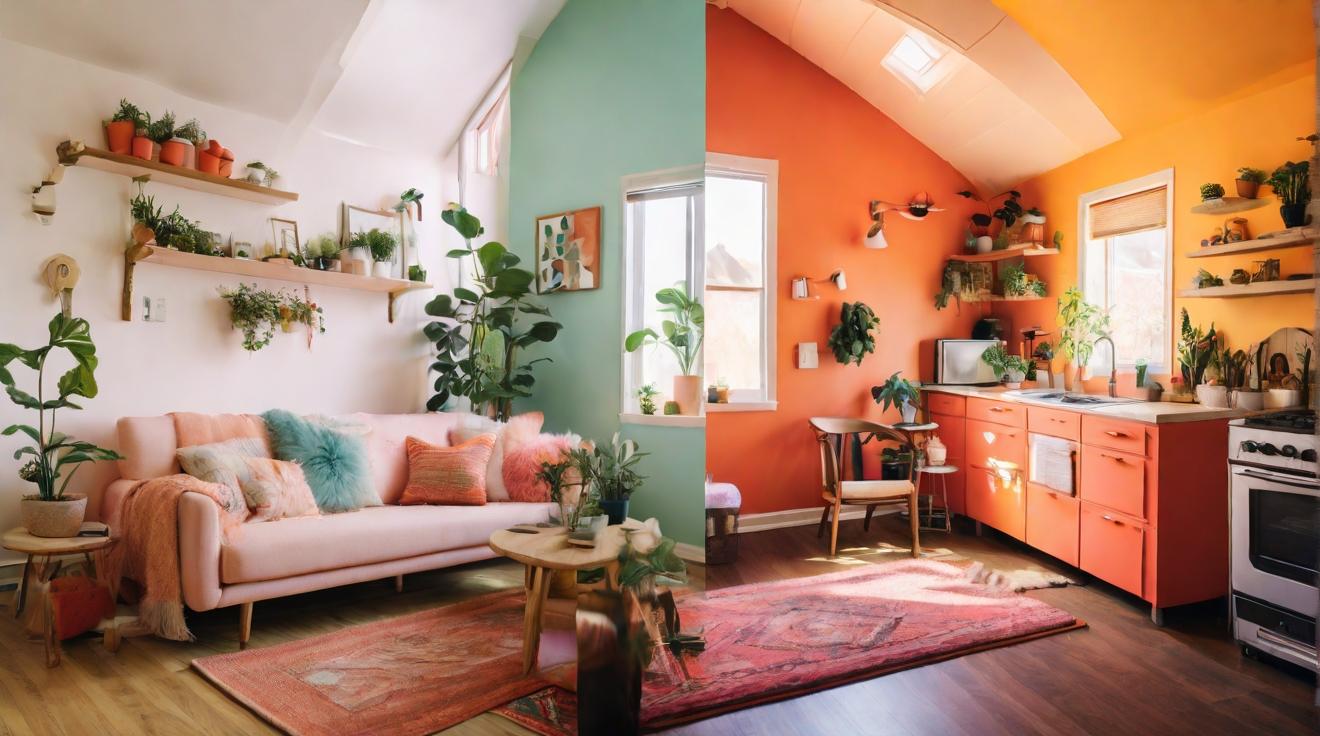Airbnb vs. Tiny House Communities: Trends in Micro-Living Accommodation SWOT Comparison
The Rise of Micro-Living: Analyzing Trends in Airbnb and Tiny House Communities
In recent years, there has been a significant rise in the popularity of micro-living accommodations, with both Airbnb and tiny house communities leading the trend. Micro-living refers to small, compact living spaces that prioritize efficiency and sustainability. This article will analyze the strengths, weaknesses, opportunities, and threats associated with both Airbnb and tiny house communities, providing an insightful SWOT comparison.
Strengths of Airbnb: Convenience and Global Reach
One of the major strengths of Airbnb is the convenience it offers to both hosts and guests. Hosts can easily list their properties and attract travelers from around the world, while guests enjoy the convenience of booking unique and affordable accommodations. Additionally, Airbnb’s global reach allows for a diverse range of options, from luxury apartments to quirky treehouses, catering to different tastes and budgets.
Weaknesses of Airbnb: Lack of Authenticity and Limited Space
However, one weakness of Airbnb is the potential lack of authenticity in the accommodations. As many listings are often owned by individuals who may not have a background in hospitality, the quality of the experience can vary. Moreover, while Airbnb offers a wide range of options, the limited space and lack of privacy in some properties can be a drawback for those seeking a more comfortable and spacious stay.
Opportunities for Tiny House Communities: Eco-Friendly and Community Living
Tiny house communities, on the other hand, provide an alternative approach to micro-living. These communities offer a unique opportunity for individuals to live in sustainable, eco-friendly homes while fostering a sense of community. The smaller size of the houses encourages a simpler, minimalist lifestyle that reduces environmental impact and promotes a closer connection to nature.
Threats to Tiny House Communities: Zoning Regulations and Limited Financial Resources
Despite the advantages, there are also threats to the growth of tiny house communities. One major challenge is zoning regulations. Many areas have strict regulations that make it difficult for tiny house communities to establish themselves or find suitable locations. Additionally, limited financial resources can pose a threat to the development of such communities, as the cost of purchasing land and building tiny houses can be high.
In conclusion, the rise of micro-living accommodations has brought about both opportunities and challenges for Airbnb and tiny house communities. While Airbnb excels in convenience and global reach, it may lack authenticity and offer limited space in some cases. Tiny house communities, on the other hand, provide eco-friendly living and a sense of community but face obstacles such as zoning regulations and limited financial resources. As the demand for unique and sustainable accommodations continues to grow, it will be interesting to see how both Airbnb and tiny house communities evolve and adapt to meet the changing needs of travelers.













